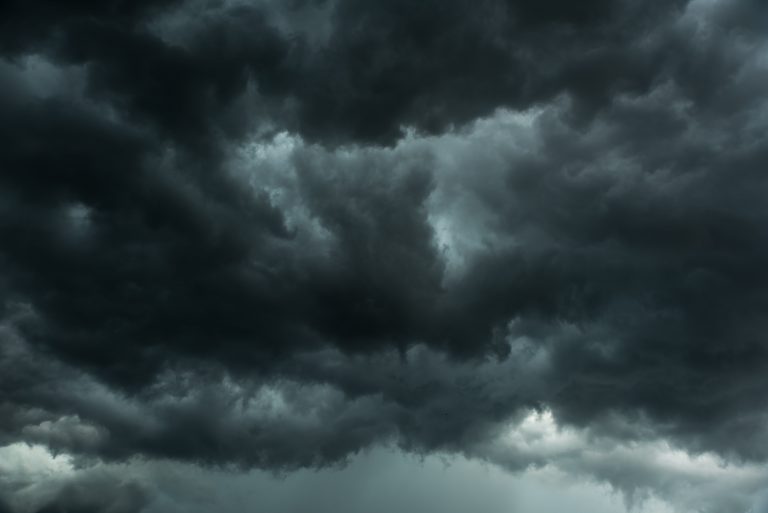Weather forecasting will benefit from the mutual cooperation of meteorologists and artificial intelligence (AI) in the future, Radek Tomsu, director of the forecasting service of the Czech Hydrometeorological Institute, has told CTK. However, he emphasised that one should not replace the other.
Tomsu said meteorologists are now using AI-based machine learning models to predict fog, for example. Google DeepMind recently developed the GraphCast model that promises accurate forecasts for up to ten days in advance, but Tomsu said more testing is needed before the model can be used in the meteorological institute.
GraphCast, using graph neural networks (GNNs), is an advanced weather forecasting model with the ability to provide global forecasts. It should outperform current numerical prediction methods. “Machine learning and deep neural networks identify patterns in the data that traditional models often fail to capture,” said Tomsu. However, he said the development must pass long-term benchmarking tests.
“Initial results are promising, but we still need to verify how reliable this model is and where its weaknesses may lie,” he said.
The new model is currently being tested at the European Centre for Medium-Range Weather Forecasts (ECMWF).
GraphCast makes forecasts of only some meteorological elements, which is not sufficient, according to Tomsu. “We need broader coverage and more comparisons through testing to know if this technological development is relevant to us or if we are going down a blind path,” he said.
Tomsu said that experts from the Czech Hydrometeorological Institute agreed this week to plan further expansion and integration of AI technologies in the institute. “In the future, we will be even more involved in artificial intelligence in our scientific work,” he said.
GraphCast can produce a ten-day forecast in one minute, whereas traditional numerical models take several hours to calculate. In addition to surface variables such as temperature or wind speed, it also processes atmospheric variables at 37 altitude levels.









